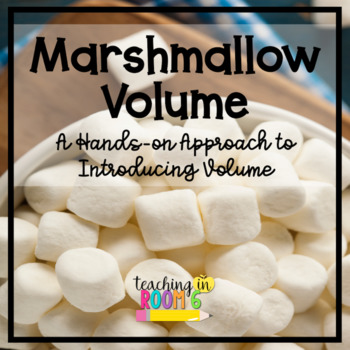Marshmallow Volume: A Hands-On Approach to Introducing Volume
- PDF
What educators are saying
Description
Using marshmallows to introduce the concept of volume is the perfect way to get students to buy in while learning the basics of this fifth grade standard.
This three part lesson set has been designed to introduce the concepts of length, width, height, and volume in a hands-on way using marshmallows at the "cubes". The students will build rectangular prisms using marshmallows, diagraming their creations along the way.
The first lesson is a directed task set in which the students will be guided through six different tasks involving various volumes and dimensions. This is set up in a gradual release model where, as the tasks go on, more and more responsibility is left to the students instead of the teacher.
The second lesson is a constructed response where the students take what they learned about volume and apply it independently through an application task.
The third lesson is where the teacher checks for understanding through a mini-anchor chart and exit ticket.
Everything you will need (minus the baggies of mini-marshmallows) is included in this print and go file! The only thing you need to prep are the marshmallows for your students.





